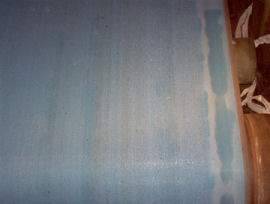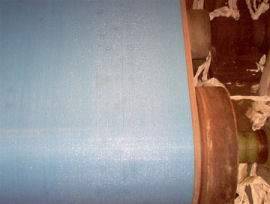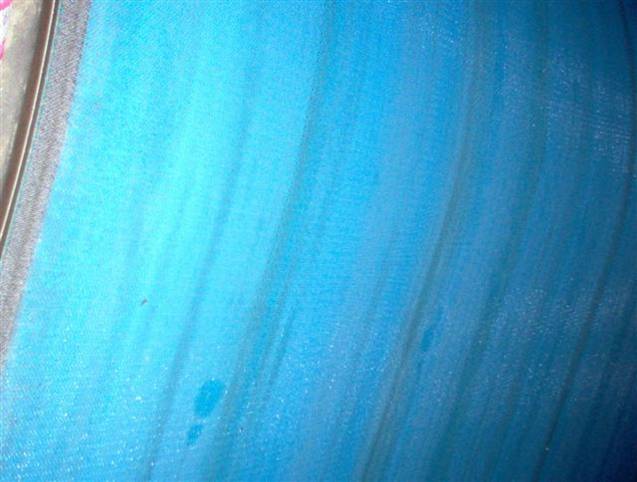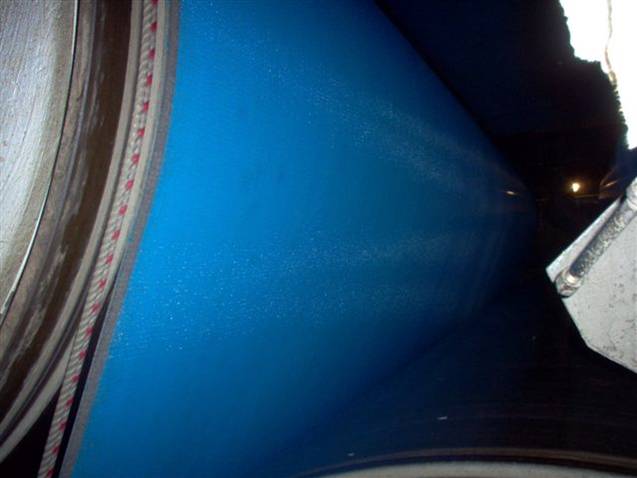Business Situation
The global demand for mechanical grade papers is growing at a rate equal or greater than that of other paper and paperboard grades. However, the growth in demand for mechanical grade papers is much higher in emerging markets (Asia-Pacific/Eastern Europe) than it is in other much more mature markets (North America/ Europe) where demand is declining in some segments or recognizing only nominal growth in others.
This shift in demand has led to a general migration in production for mechanical grade producers as they look to move closer to the localities where demand is high and raw material costs are typically lower. This has led to a reduction in capacity in mature market regions where costs are at historical highs.
The implications of this trend for the papermaker are two fold:
- Only the most efficient operations and operating assets will survive in mature markets while less efficient operations will be eliminated.
- In emerging markets, only the most efficient operations will receive investment capital to ensure acceptable return on capital from a global perspective.
In this case study, the paper mill was unsatisfied with its dryer fabric cleaning process which consisted of manually controlling the application of two chemistries directly onto the fabric, then rinsing with low pressure, ambient temperature showers.
Rapid buildup of pitch and some stickies on the fabric were creating quality and runnability issues, requiring long downtime to clean the dryer fabrics every two weeks. The procedure to wash the first two uniruns in the section took 2-3 hours and, as such, required long shut downs in order to perform the fabric cleaning.
Furthermore, the existing showers were placed only on the face-side of the fabric and the fabric was not washing clean on the back-side during the clean process. This in turn required more frequent cleaning, magnifying the downtime associated with cleaning the dryer fabric at 2-3 hours per cleaning cycle. The paper mill was looking to improve the effectiveness of the fabric cleaning and to reduce downtime associated with dryer fabric contamination.
Paper Mill Overview
Grade: Uncoated Newsprint Machine
Machine: 250,000 TPY
Speed: 4000 fpm hybrid-former machine
Production: 450 TPD
Furnish: Approximately two-thirds TMP, one-third recycled newsprint
Weight: 27-30 g/m2
Analysis of Business Situation
Key Business Drivers:
- Efficiency
Challenge:
- Uptime
- Percent Saleable Product
- Speed
Opportunity:
- Reduce cleaning time for dryer fabrics
- Improve machine speed
- Optimize start-ups, and
- eEiminate unscheduled shuts
Program Design
Mechanical:
- HelioJET® High Pressure, High Temperature Unit producing water at 180°F and 300 psi.
- 2 HelioJET® High Pressure, High Pressure Fan Showers designed to deliver 55 gpm of water flow
- Chemical Injection equipment
Operational:
- Batch cleaning on 1st and 2nd dryer section clothing
- Cleaning operations scheduled and
- timed during shut
- Use chemical injection equipment to meter proper amounts of chemistry to the 1st and 2nd dryer fabric sections
- Doctor blades open during chemical applications, shut during rinsing operations
Chemical:
- Solvent designed to attack pitch and inorganic contaminants in fabric
- Organic solvent designed to attack organic contaminants (stickies) in fabric
Key Performance Indicators:
- 1st and 2nd dryer section breaks
- 1st and 2nd dryer section steam set points
- Overall dryer section breaks
- Visual indication of fabric cleanliness along with digital documentation
Program Results:
- Both the 1st and 2nd dryer section fabrics were cleaned and rinsed in series in a total of 60 minutes, nearly half the time required with the previous cleaning process.
- By visual inspection, the fabric condition after cleaning as described by the client was "near new".
- Furthermore, the fabric appear clean through the felt, both on the face side where the showers impact the fabric, but also on the back side, where the combination of chemical products and the conditioned shower water combine for excellent results.
- Also, during the re-start, the sheet transferred through the dryer on the first try, a step that was previously troublesome for the paper mill. Furthermore, the number of dryer breaks has not changed dramatically after 3 months, due in part to contamination in the 3rd and 4th dryer sections which are not using the solution.
- The downtime associated with dryer breaks has been reduced by nearly 10%, translating to significant savings to the paper mill in terms of increased production.
 Sheet Side Before |  Sheet Side After |
 Back Side Before |  Back Side After |
Maintaining the Value
The fabric cleaning program has been further optimized to reduce cleaning time. With a defined time stamp, the paper mill can plan the dryer section cleaning appropriately to minimize the downtime during the dryer fabric cleaning process and maximize the effectiveness of the paper mill personnel during the shut down according to the long list of items they need to accomplish during each shut down.
As a result of the successful implementation of the dryer Fabric Optimization program, the paper mill has inquired about a total solution (wet and dryer section) for a second machine as well as a press-section solution for this machine.
Conclusion
The solution was able to deliver superior dryer fabric cleaning in less application time than the competition. The benefits include cleaner dryer fabrics, increased operational stability in the dryer section, and improved efficiency during the shut down leading to reduced downtime and increased production.
It is expected that a complete elimination of large particle pitch buildup on the dryer fabrics will lead to fewer holes and breaks in the dryer section increasing machine production. Adding the wet end cleaning solution with HelioJET® would further leverage the power of this offer, improving both production rates and quality.
